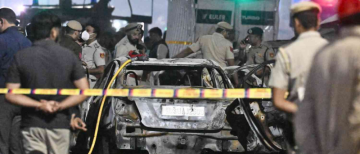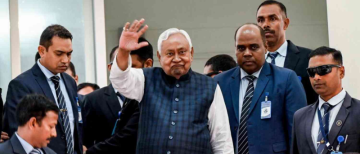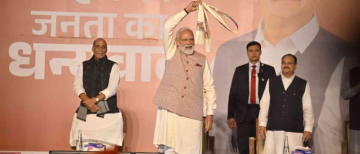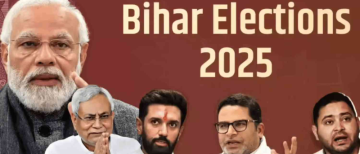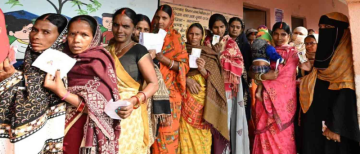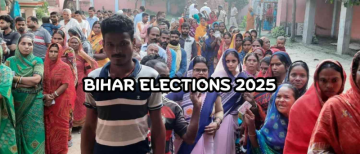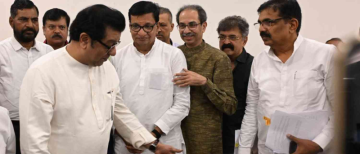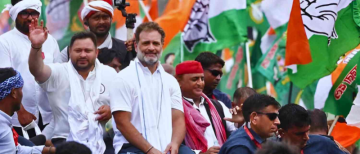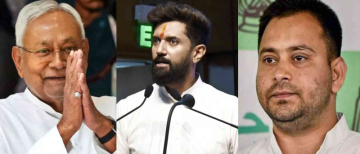CP Radhakrishnan - The Journey from being a RSS karyakarta, to Vice President
The announcement of C. P. Radhakrishnan, the 68-year-old Governor of Maharashtra, as the Bharatiya Janata Party (BJP)–National Democratic Alliance’s nominee for the Vice Presidency has raised intriguing political questions. His candidature follows the sudden resignation of Jagdeep Dhankhar, leaving a vacancy in one of the nation’s highest constitutional offices.
On the surface, Radhakrishnan’s elevation looks like a routine political manoeuvre. With the NDA’s commanding strength in the electoral college, his victory is virtually assured, despite the opposition INDIA bloc’s promise to contest. Yet, the choice is far from incidental. It balances the long-standing North–South dynamic that had been unsettled since M. Venkaiah Naidu completed his term as Vice President in 2022, and it carries deeper political and cultural undertones that Prime Minister Narendra Modi seems eager to emphasise.
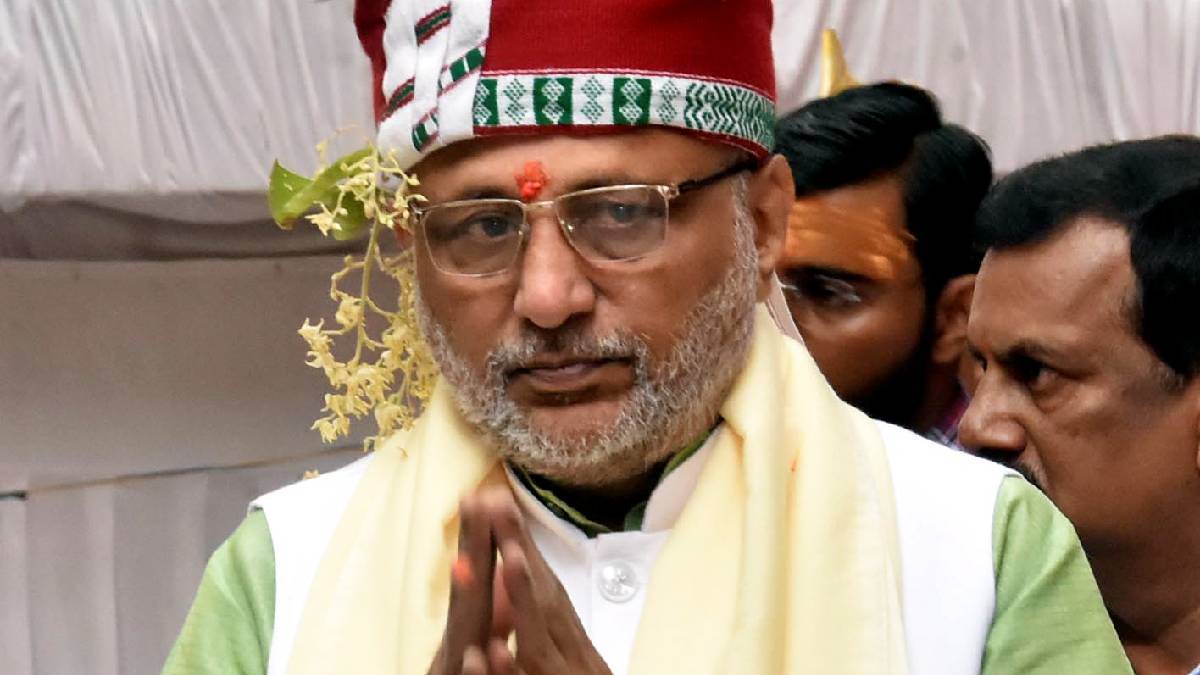
Beyond Symbolism: Tamil Culture and Political Messaging
Unlike his predecessor Dhankhar, whose combative tenure as Rajya Sabha Chairman often generated friction, Radhakrishnan is perceived as mild-mannered and conciliatory. By nominating him, Modi is signalling a more measured approach to parliamentary functioning while simultaneously reaffirming his government’s outreach to Tamil identity and culture. Over the past decade, Modi has been careful to craft symbolic gestures towards Tamil heritage – quoting classical Sangam literature at international platforms, visiting Chola-era temples, and even commissioning the restoration of the Sengol sceptre for installation in the new Parliament building. The Vice-Presidential nomination of a Tamil leader, therefore, represents more than ceremonial respect; it suggests a calculated political strategy aimed at both symbolism and substance.
Yet the reality is complicated. Pan-Tamil sentiments on issues such as resistance to Hindi imposition, opposition to the NEET medical entrance test, and calls for greater state autonomy have only hardened in recent years. Against this backdrop, Radhakrishnan’s candidature could be interpreted as belated, an attempt to reclaim lost ground in a state where the BJP has struggled to find cultural and electoral traction.
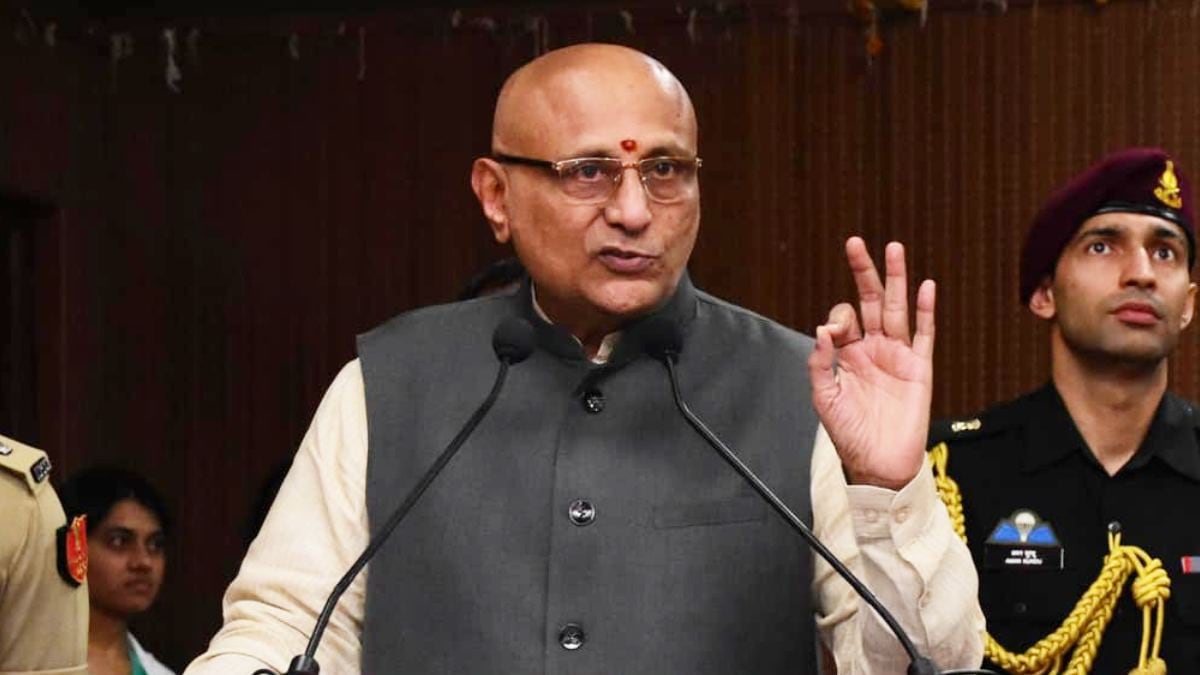
A Challenge to the DMK and the Opposition
For the ruling Dravida Munnetra Kazhagam (DMK) in Tamil Nadu, led by Chief Minister M. K. Stalin, the move presents a dilemma. Supporting Radhakrishnan would fracture the fragile unity of the INDIA coalition, but opposing him risks being painted as a betrayal of Tamil pride. BJP strategists are clearly hoping that the DMK will be forced into an uncomfortable position, reminiscent of earlier political quandaries in Indian federal politics.
Historical parallels abound. Analysts recall how N. T. Rama Rao once mobilised Telugu identity above partisan lines in the 1990s, or how M. Karunanidhi was accused of undermining fellow Tamil leader G. K. Moopanar’s chances of becoming Prime Minister in 1996. For Stalin, therefore, the options are stark: either play into BJP’s narrative or attempt to persuade his allies in the INDIA bloc to avoid a contest altogether. While the latter is improbable, even the suggestion would mean conceding ground to Modi’s political theatre.

Radhakrishnan’s Background and RSS Ties
Born in Tiruppur, Tamil Nadu’s industrial heartland, Radhakrishnan hails from the influential Gounder community – a group instrumental in transforming the region into a global hub for textiles and light engineering. Educated with a degree in business administration, he entered public life early, associating with the Rashtriya Swayamsevak Sangh (RSS) at the age of 17.
Unlike many overtly ideological leaders, Radhakrishnan has maintained a reputation for humility and discretion, avoiding unnecessary confrontation while remaining a committed swayamsevak. This quiet loyalty has made him valuable to the BJP’s central leadership. His steady rise – from two terms as MP for Coimbatore in the late 1990s, to stints as Governor of Jharkhand and Maharashtra – reflects both personal resilience and political adaptability.
His nomination also speaks directly to the RSS. Relations between the Sangh and the BJP leadership have occasionally been strained, particularly after the BJP’s reduced performance in the 2024 general election, where it secured 240 seats – a sharp decline from its earlier majorities. Within the RSS, questions about the party’s ideological direction and succession planning after Modi have grown louder. By elevating a lifelong swayamsevak to the Vice Presidency, Modi and Amit Shah appear to be extending an olive branch to Nagpur, the symbolic heart of the RSS.
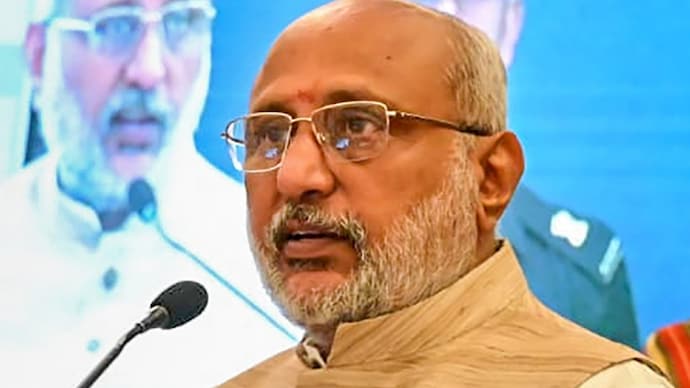
Impact on Tamil Nadu Politics
Whether Radhakrishnan’s appointment translates into tangible political gains in Tamil Nadu remains uncertain. His earlier tenure as state BJP president (2003–2006) did little to transform the party’s prospects, largely due to factional rivalries and entrenched local leadership. Unlike outspoken figures such as K. Annamalai, Radhakrishnan has generally avoided aggressive politics.
Still, his elevation may ripple through the state’s political landscape. It sidelines other ambitious leaders, notably Vanathi Srinivasan, a fellow Gounder and national head of the BJP’s women’s wing, who had been speculated as a future national party president. At the same time, it places the DMK in the awkward position of having to either confront or accommodate a Tamil Vice President aligned with the BJP.
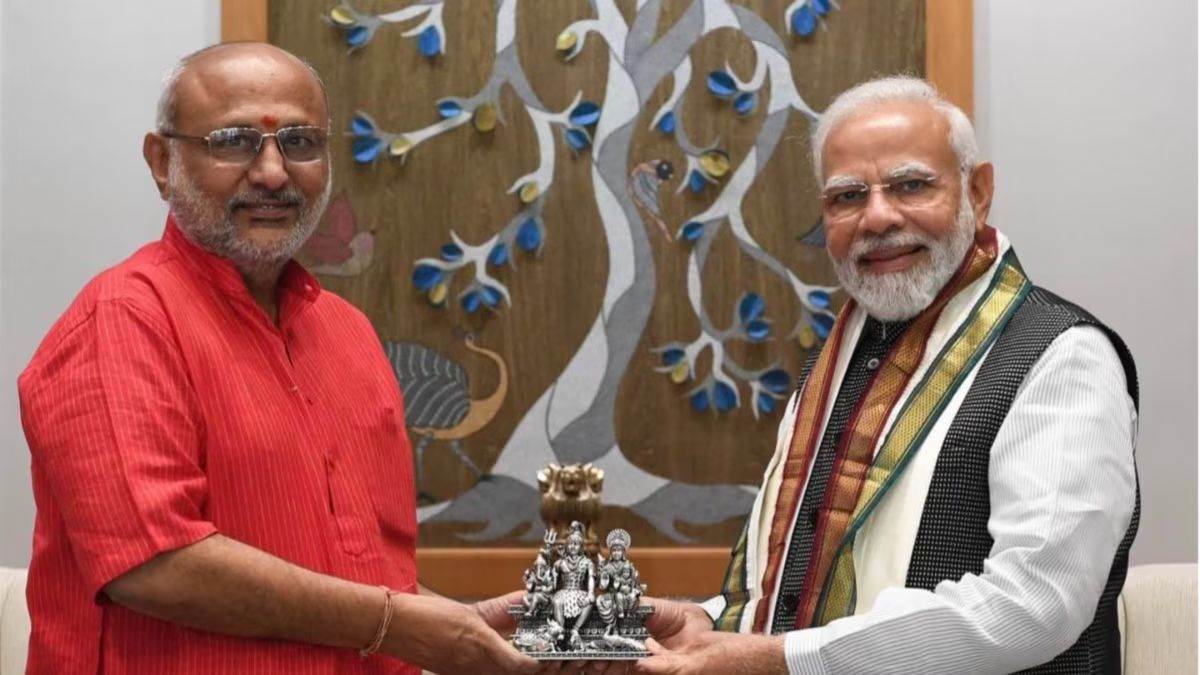
The Larger Picture
Ultimately, Radhakrishnan’s nomination achieves several goals for the Modi government at once. It reasserts the BJP’s symbolic investment in Tamil identity, it sends a reassuring signal to the RSS at a moment of uncertainty, and it complicates the opposition’s strategy in Tamil Nadu ahead of upcoming state elections. Yet the limitations are clear. The Vice President’s constitutional role is primarily procedural, and the post allows little scope for direct political engagement. For Radhakrishnan personally, it represents the pinnacle of a long and understated career. For Modi, it is less about individual leadership and more about messaging – a reminder that in Indian politics, symbolism often carries as much weight as substance.
Whether this gesture will resonate with voters in Tamil Nadu, or soothe the ideological unease of the RSS, is another matter altogether. But for now, the appointment demonstrates how Modi continues to blend cultural symbolism, electoral strategy, and intra-party management into a single political move.
With inputs from agencies
Image Source: Multiple agencies
© Copyright 2025. All Rights Reserved. Powered by Vygr Media.





